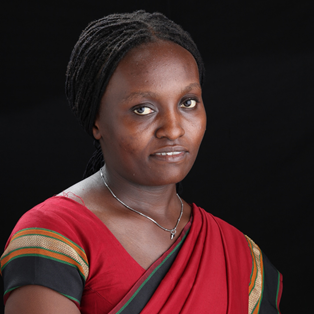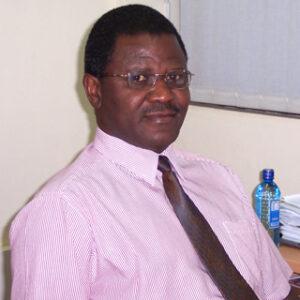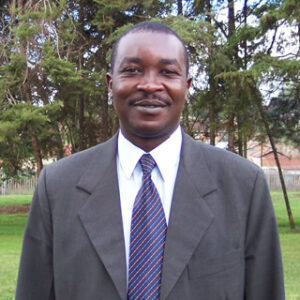Uganda is fast-tracking the enactment of a biosafety law aimed at tapping into biotechnology for the country’s prosperity, a key biosafety forum in Kampala was told. The new bill will help the country to expand its biotechnology scope to include health, agriculture, and processing.
Martin Ongol, the acting executive secretary of Uganda National Council for Science and Technology (UNCST), said Uganda had made science, technology and innovation (STI) a national priority.
“We must commend UNCST, which is under the Science, Technology and Innovation department, Office of the President, for establishing a system and structures for review and approval of genetically engineered products, which have proved to be potentially effective in the crop, livestock and medical research,” said Dr Monica Musenero, the Minister for Science, Technology and Innovation.
She added that the government was committed to using science, technology and innovation to transform the country by boosting productivity, raising national income levels and improving the quality of life of all Ugandans through STI interventions like digitisation, artificial intelligence (AI), modern biotechnology, agriculture technologies, ICT and renewable energy.
“We have been deliberate on recent advances in risk assessment of emerging genetic engineering technologies, biosafety in biomedical research applications, public engagement in biosafety regulation and trends in Uganda’s biosafety regulatory landscape, including the need for enactment of law relevant to genetic engineering regulations to cater for biosafety risks,” Mr Ongol added.
Dr Francis Nang’ayo, head of policy and regulatory affairs at AATF, shared the foundation’s experiences on transfer and delivery of technologies on the continent.
“AATF is about empowering smallholder farmers across Sub-Saharan Africa with agricultural innovations that can generate wealth and health for their,”he said.
Dr Nang’ayo outlined the processes that are required to develop a biotech product—from product sourcing and licensing to early product development and commercialisation, drawing lessons from AATFs experience. Observing that a modern world was unimaginable without STI, he said tapping into biotechnology will unlock Uganda’s potential.
To deliver a biotech crop into the market, a set of activities are carried out during research, development, screening, registration, certification, production and delivery of seed to end-users (farmers).
“Typically, this encompasses upstream research and development activities that if successful results in candidate germplasm for variety screening, followed by seed production through marketing and sales,” Dr Nang’ayo explained. “For this to happen efficiently, it has to be supported by an enabling environment. Seed systems in Africa have malfunctioned for reasons that are many and well known to most of us. Many studies conducted reported a plethora of challenges hampering the functioning of seed systems in Africa.”
Through a collaborative agreement, AATF has delivered PBR Cowpea in Nigeria. The project follows more than 15 years of investment in research through a public-private partnership to develop and deliver an innovation for insect protection of a significant crop that was facing pests and disease to African farmers, he said, and added that similar progress was expected in Ghana and Burkina Faso.
Dr Nang’ayo also highlighted projects such as TELA maize, where biotechnology is being used to develop grain that is resistant to pests and tolerant to drought in seven African countries. He said commercial release approval has been secured in South Africa while environmental release approvals in Kenya, Nigeria, Mozambique and Ethiopia have been granted. He, however, observed that there have been restrictive regulations, which are slowing or disrupting progress in Uganda and Tanzania.





















































































